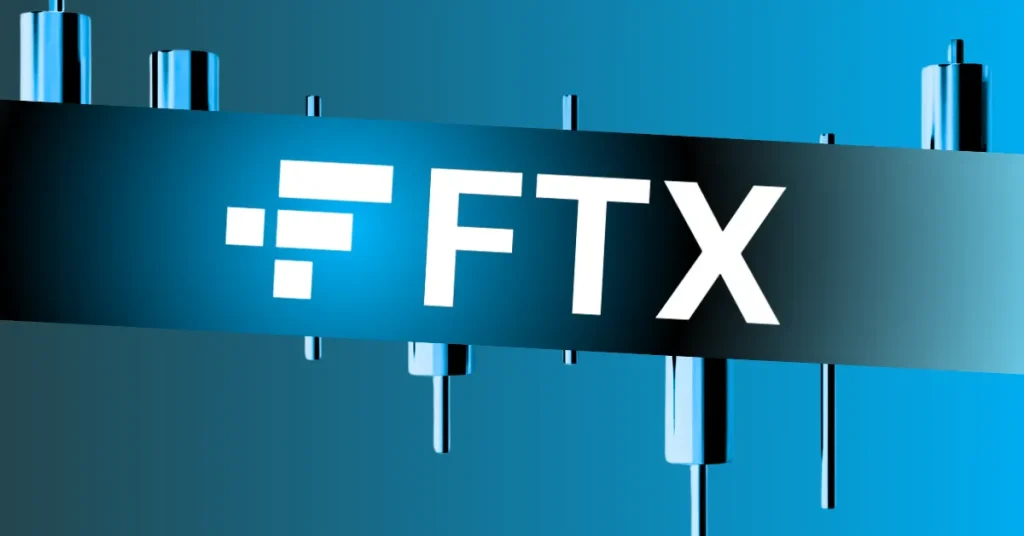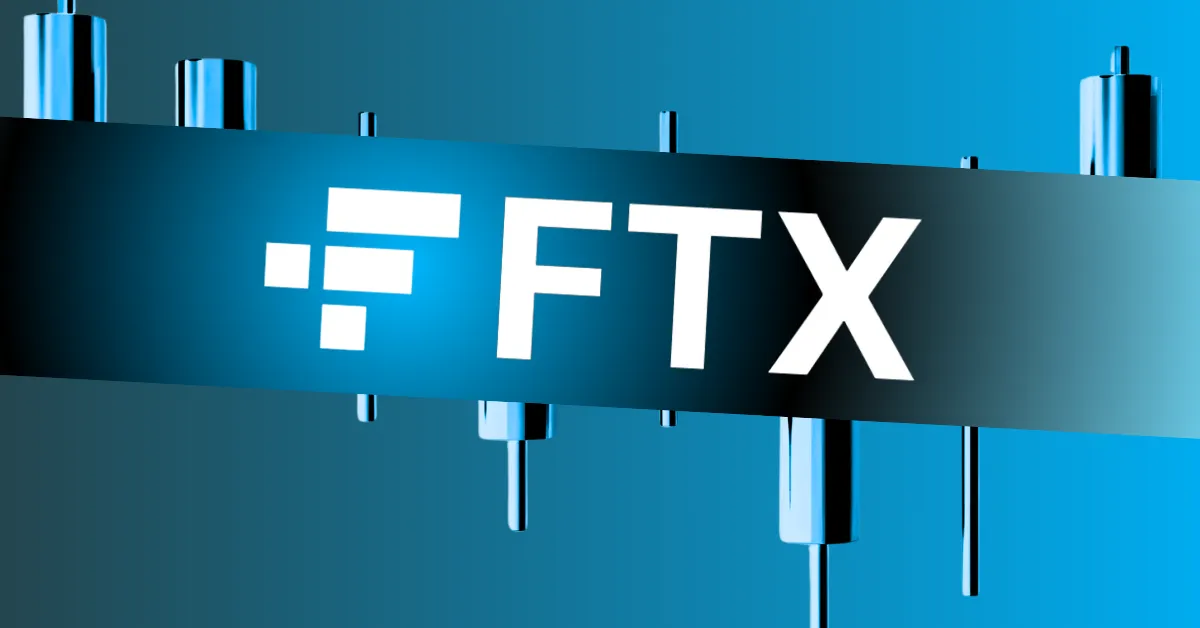
The FTX $1.9 Billion Creditor Payout: A Comprehensive Analysis
Introduction: A Beacon of Hope Amidst the Ruins
The cryptocurrency world witnessed one of its most dramatic collapses with the fall of FTX in November 2022. The exchange’s bankruptcy sent shockwaves through the industry, leaving creditors in limbo and raising questions about the stability of the crypto ecosystem. Nearly three years later, a significant development has emerged: FTX is preparing to distribute $1.9 billion to its creditors. This payout, while not a full recovery, represents a crucial step in the bankruptcy proceedings and offers a glimmer of hope for those affected. This report explores the intricacies of this distribution, its implications, and the broader lessons learned from the FTX debacle.
The Long and Winding Road to Repayment
The journey to this repayment has been fraught with challenges. FTX’s bankruptcy filing triggered a complex legal process aimed at unraveling the company’s tangled finances. Allegations of fraud, mismanagement, and the commingling of funds painted a bleak picture of the exchange’s operations. The legal battles have been intense, involving court hearings, asset recovery efforts, and negotiations with various stakeholders.
At the center of the storm is Sam Bankman-Fried, FTX’s founder and former CEO. Accused of misappropriating customer funds and misleading investors, Bankman-Fried faces criminal charges and a tarnished reputation. The legal battles surrounding him and other former executives continue to unfold, adding layers of complexity to the bankruptcy process.
Despite these hurdles, progress has been made. The FTX team has worked diligently to recover assets and formulate a repayment plan. The upcoming $1.9 billion distribution is a testament to these efforts, offering a tangible sign of progress for creditors who have waited patiently for restitution.
Breaking Down the $1.9 Billion Distribution
The planned distribution of $1.9 billion is a substantial portion of the funds recovered by FTX. This payout is made possible by a court-approved reduction in the disputed claims reserve, which was initially set at $6.5 billion and has been trimmed to $4.3 billion. The difference, $1.9 billion, is now available for distribution to approved creditors.
Key Dates and Deadlines
Several critical dates are associated with this distribution:
– Record Date: August 15, 2025. This is the cutoff date for determining eligibility for the payout. Individuals or entities who held allowed claims as of this date are entitled to receive a distribution.
– Distribution Date: September 30, 2025. This is the expected date when the payouts will begin. Creditors should anticipate receiving their funds on or around this date.
Eligible Claim Classes
The $1.9 billion distribution will target specific classes of creditors, including:
– Class 5: Customer Entitlement Claims. This category encompasses customers who held funds on the FTX exchange at the time of its collapse.
– Class 6: General Unsecured Claims. This includes other unsecured creditors, such as vendors, service providers, and lenders.
– Convenience Claims. These are smaller claims that are being prioritized for faster resolution.
Payout Mechanisms
FTX has partnered with several firms to facilitate the distribution process:
– BitGo, Kraken, and Payoneer. These companies will handle the disbursements of funds to creditors.
It is crucial for eligible creditors to ensure their contact information is up-to-date with the FTX claims portal to avoid any delays in receiving their payments.
The Valuation Challenge: A Contentious Issue
While the prospect of receiving a portion of their lost funds is welcome news for creditors, a contentious issue remains: the valuation of crypto assets. The bankruptcy court has determined that payouts will be based on the value of crypto assets as of November 2022—the date of FTX’s bankruptcy filing.
This valuation method presents a significant disadvantage for creditors. Since November 2022, the cryptocurrency market has experienced a substantial recovery. Bitcoin, for example, has risen by over 500% from its November 2022 lows. As a result, creditors who held Bitcoin or other cryptocurrencies on FTX will receive a payout based on a significantly lower valuation than the current market price.
Many creditors view this as unfair, arguing that they should be compensated based on the current value of their assets. However, the bankruptcy court has maintained that the November 2022 valuation is the most equitable approach, considering the complexities of valuing volatile crypto assets and the need to treat all creditors fairly.
Scam Awareness: A Critical Warning
As news of the upcoming distribution spreads, it is essential for creditors to be vigilant against potential scams. Scammers often prey on vulnerable individuals during bankruptcy proceedings, attempting to extract sensitive information or steal funds.
FTX has issued warnings about the rise of scams and has emphasized the importance of KYC (Know Your Customer) verification. Creditors must complete KYC verification to secure their claim payouts. It is crucial to only interact with official FTX channels and to avoid clicking on suspicious links or providing personal information to unverified sources.
Implications for the Crypto Market
The FTX bankruptcy and subsequent repayment efforts have had a ripple effect on the broader cryptocurrency market. The collapse of FTX eroded investor confidence and contributed to a period of market volatility. However, the ongoing efforts to recover assets and compensate creditors have helped to restore some degree of stability.
The $1.9 billion distribution is expected to have several implications:
– Increased Market Liquidity. As creditors receive their payouts, some may choose to reinvest the funds into the crypto market, potentially boosting liquidity and driving up prices.
– Enhanced Regulatory Scrutiny. The FTX debacle has prompted increased regulatory scrutiny of the cryptocurrency industry. Governments and regulatory bodies worldwide are now more focused on implementing stricter rules and oversight to protect investors and prevent future collapses.
– Greater Emphasis on Transparency and Security. The FTX saga has highlighted the importance of transparency and security in the crypto industry. Investors are now more likely to demand greater accountability from exchanges and other crypto platforms.
A Light at the End of the Tunnel
The upcoming $1.9 billion distribution represents a significant milestone in the FTX bankruptcy proceedings. While the valuation challenges and the risk of scams remain concerns, the payout offers a tangible sign of progress for creditors who have endured a long and uncertain journey. As the FTX bankruptcy process continues to unfold, it is crucial for creditors to stay informed, remain vigilant against scams, and exercise patience as the remaining assets are recovered and distributed. The road to full recovery may be long, but the $1.9 billion distribution marks a crucial step forward.
Conclusion: Moving Forward from the FTX Debacle
The FTX saga serves as a stark reminder of the risks and uncertainties inherent in the cryptocurrency market. However, it also demonstrates the resilience of the industry and the importance of regulatory oversight. As the FTX bankruptcy proceedings draw to a close, the focus must shift towards preventing similar collapses in the future. By learning from the mistakes of the past, the cryptocurrency industry can build a more transparent, secure, and sustainable ecosystem for all participants. The repayment of creditors is not just about financial recovery; it is about restoring trust and paving the way for a brighter future for the crypto world.





